The APS Mobility Framework
The APS Mobility Framework is a deliverable of the APS Workforce Strategy 2025. Mobility is a key element of a future-fit APS enterprise operating model alongside other tools and processes such as workforce planning.
“Mobility in the public sector is important. The APS must be more permeable and mobile in order to foster diversity of thinking, the contestability of ideas and assist in capability development. At the same time, we need a balance. Too much or poorly targeted mobility can have an adverse impact and we can lose subject matter expertise. Deep expertise must be a core capability of the APS.”
- Peter Woolcott AO, Public Service Commissioner
Video transcript
[0:00]
Music plays.
[0:04]
Hi, I’m Patrick Hetherington, First Assistant Commissioner at the Australian Public Service Commission.
[0:09]
Mobility is all about getting the right people, into the right places, at the right time for short-term stints. It’s a great way to solve complex problems, deal with peaks in demand or crises, and build the capability of promising employees.
[0:23]
The challenges with doing this effectively are not new, and there are barriers that we all need to overcome. But we do know that mobility is important. Strategically, it helps us make the most of our people, brings diversity, lifts the overall capability of the APS, and helps our employees grow. We also know that there needs to be a balance between mobility and institutional and domain expertise.
[0:43]
The last 12 months has seen the APS mobilise capability at record levels for the COVID-19 pandemic response. The Australian Public Service Commissioner established the Workforce Management Taskforce to manage the movement of APS employees across all agencies.
[0:57]
The APSC has developed a framework to help APS employees, managers, executives and HR practitioners make more strategic use of employee mobility, particularly between agencies and with other sectors.
[1:09]
I’m pleased to release the APS Mobility Framework, that sits under the APS Workforce Strategy.
We have developed initiatives, tailored guidance tools and templates that will streamline processes and, over time, allow more porous boundaries and stronger connections with the private sector and state jurisdictions.
[1:27]
We’ve developed innovative initiatives for agencies to tap into to get started:
- There’s The APS Surge Reserve, which provides the capacity to rapidly mobilise voluntary APS capability in the early stages of a crisis.
- There’s the Taskforce Toolkit to help multi-agency teams address cross-cutting policy issues.
- And the Service Delivery Rotations for graduates to provide more opportunities to undertake service delivery rotations in their graduate development year.
[1:52]
As we work on tomorrow’s challenges, I hope the Mobility Framework will assist you in ensuring we can get the right people, in the right places, at the right time. Thank you.
Objective
The objective of the APS Mobility Framework is to help APS employees, managers, executives and HR practitioners use mobility as a strategic workforce tool. To support this, the Framework identifies three uses of mobility which, when aligned with Government, agency, and whole-of-APS enterprise priorities, have significant potential to deliver value to agencies. These uses are supported by targeted initiatives to drive progress.
High value uses of mobility
Mobility to address surges or peaks in demand

How it works: Employees are moved to address a short-term capacity issue. This could be an unplanned surge (due to a crisis such as a natural disaster) or planned (due to seasonal peaks).
Why it works: The APS consists of skilled, dedicated employees willing and able to deal with a multitude of tasks. Temporary moves to priority issues can help agencies respond to changes in circumstances rapidly and efficiently.
Examples: COVID-19 surge and APS Surge Reserve mobilisations, Census, election, Budget-related temporary moves.
Mobility to solve complex problems

How it works: Either a temporary team is established to review and address a complex problem, or an expert is brought into an existing team. After a solution is devised, the team is dissolved, or the expert returns to their usual role.
Why it works: Complex problems frequently benefit from diverse perspectives and/or a whole-of-agency or whole-of-APS perspective. Small temporary teams can often develop solutions faster and more effectively than would be possible in a business-as-usual environment.
Examples: Taskforces, project teams, seconding a data expert to a policy team.
Mobility to develop employees

How it works: Employees move roles temporarily to learn new skills or experience a new environment.
Why it works: Temporary moves are high-impact learning opportunities that can challenge employees. Employees who have experienced a temporary move often report it as a meaningful learning experience.
Examples: Job swaps, talent program rotations, central and line agency secondments, graduate rotations, employee sabbaticals into the private sector or academia.
Principles
Agency Heads are responsible for making decisions about how they deliver on their agency’s priorities, within the broader framework set by the Public Service Act 1999 and the Public Governance, Performance and Accountability Act 2013. These acts require and encourage cooperation within and between agencies, including to deliver outcomes across agency and portfolio boundaries.
The Framework principles have been developed to support the use of mobility as a strategic workforce tool in this context. When using mobility, agencies should:
- approach temporary moves with a collaborative One APS mindset;
- use temporary moves as a tool for achieving Government, agency and whole-of-APS enterprise outcomes;
- encourage temporary moves as part of all employees’ professional and career development;
- offer temporary moves as widely as practical, including:
- to all APS employees
- to people outside the APS
- without restrictions on the locations the work can be done
Initiatives
The Framework includes initiatives to support agencies in maximising the benefits from their strategic use of mobility. Other initiatives will be added over time, as the APS’s approach to employee mobility matures and we learn from earlier initiatives. The guidance for employees, managers, executives and HR practitioners will also be updated over time, based on feedback.
Foundation
Surges and peaks in demand
The APS Surge Reserve will provide Australia with the capacity to rapidly mobilise Australian Public Service (APS) volunteers in large numbers in response to a crisis.
Solve complex problems
Professional development
A formal professions model established to increase APS workforce capability for employees in critical areas of the APS.
Targets and metrics
Optimal mobility in the APS will reflect the needs, capabilities and problems faced by each agency. Too much or poorly targeted mobility can have an adverse impact and the APS can lose subject matter expertise. Each agency, in implementing the APS Workforce Strategy and their own business plans, must identify the most effective use of mobility for their context. Advice on how to consider and set appropriate targets and incentives at the agency or team level can be found in the Guidance for executives.
At the whole-of-APS enterprise level, there are some general indicators which the APSC will monitor to inform the design of future initiatives, guidance and policies. These indicators will include:
- APS Employee Census data
- APS Employment Database (APSED) data
- Case studies and feedback provided by APS agencies
- Other data collected in the course of administering the Framework
Current state of mobility
Results from the APS Employee Census
When employees last took a temporary move (2021)
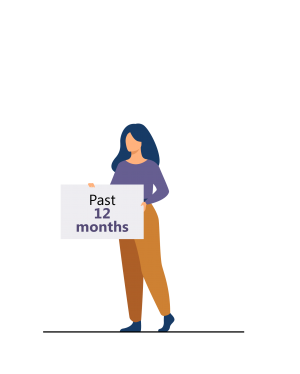
In the past 12 months
20.4%
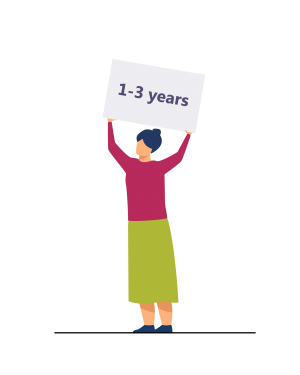
1 to 3 years ago
13.0%

More than 3 years ago
13.4%

I have not taken a temporary move
53.2%
Where employees have taken temporary moves* (2021)
Note: Employees could choose multiple responses

Within my current agency
82.8%

In another APS or Commonwealth government agency
17.6%
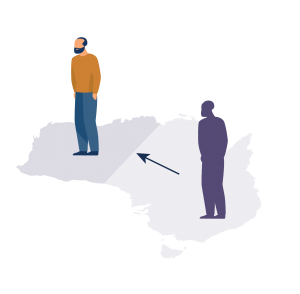
In a state or territory government agency
1.3%
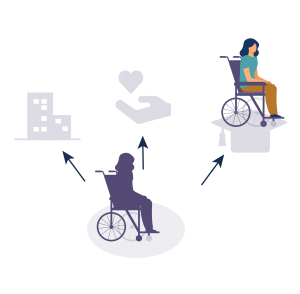
In the private, not-for-profit, or academic sectors
1.3%

Other
3.2%
Top five ways employees find out about opportunities

From your immediate supervisor
26.3%
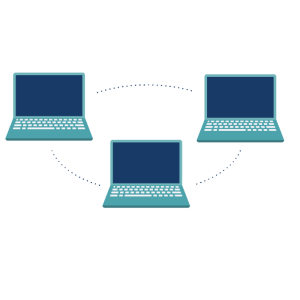
Advertisement on the intranet or other corporate communication
16.5%

I was approached by the hiring manager or someone in their team
14.1%

From your SES manager
12.4%

Sought out the opportunity myself
9.5%
Number of APS employees who worked on the COVID-19 response*
Note: Employees could choose multiple responses

Working in a different team within your agency on work dedicated to the COVID-19 response and related activities (e.g. a COVID-19 taskforce)
21.2%

Working in a different agency on work dedicated to the COVID-19 response and related activities (e.g. APS2000 surge workforce)
4.9%
Top 5 job families by employees reporting at least one temporary move (past 12 months)
*Note: Employees could choose multiple responses

Strategic policy
32.6%
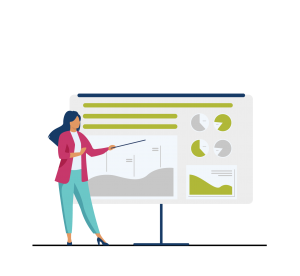
Project and program
27.3%

Communications and marketing
26.4%

Organisation leadership
24.4%

Compliance and regulation



